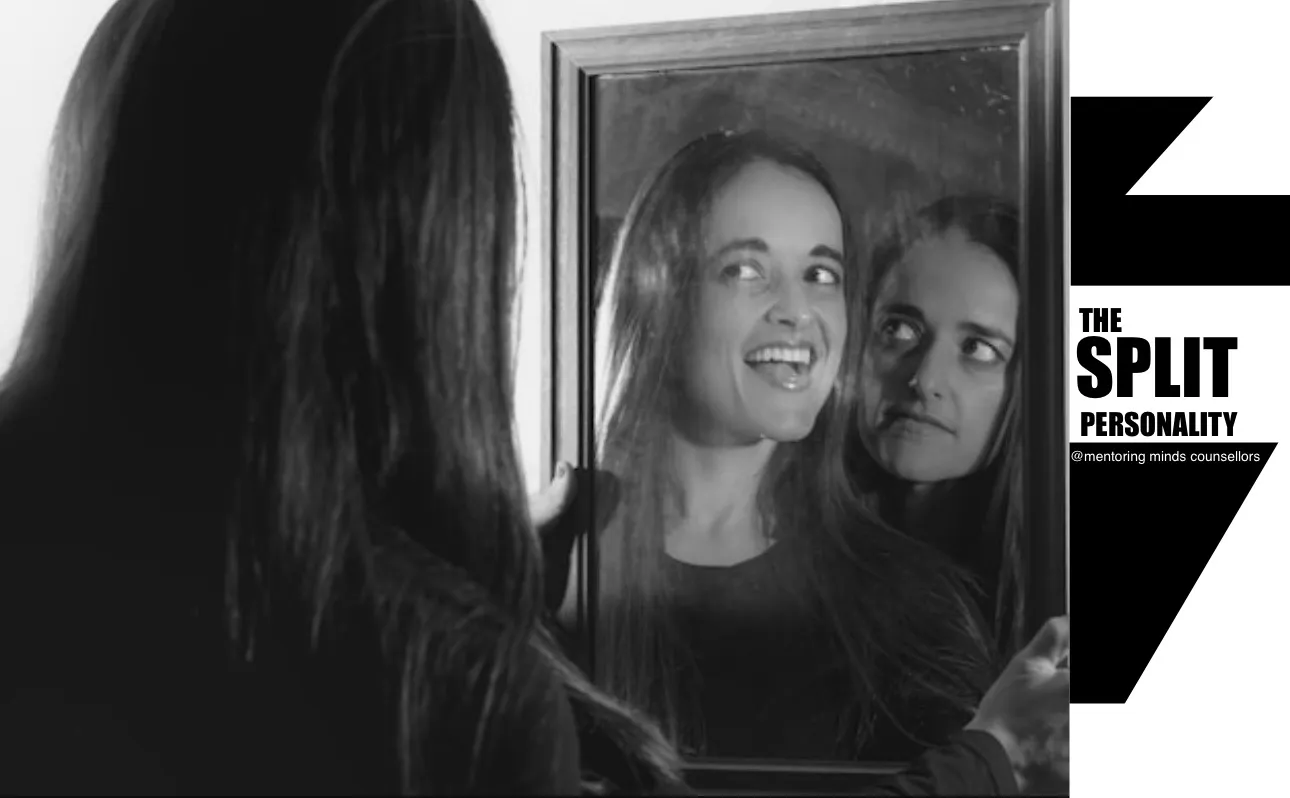Most of us have moments when we feel “not ourselves.” Maybe we say something and later wonder, “Was that really me?” But for people with Dissociative Identity Disorder (DID), this isn’t just a passing thought it’s their everyday reality. Often referred to in movies as “split personality,” DID is far more complex, sensitive, and real than the dramatized versions we see on screen.
What is DID?
Dissociative Identity Disorder is a mental health condition where a person develops two or more distinct identities or personality states, each with its own thoughts, behaviors, and even memories. These different identities, often called “alters,” may take control at different times, leaving the individual with memory gaps or confusion.
Unlike the stereotype, DID is not about being “good” and “evil” split in half. It is about survival, trauma, and the mind’s incredible way of coping with overwhelming pain.
How Does DID Happen?
DID doesn’t just appear overnight. It usually develops in early childhood, often in response to repeated trauma such as abuse, neglect, or extreme stress.
Here’s why:
- A child facing unbearable pain can’t escape physically, so the mind learns to escape mentally.
- Dissociation (a mental “switch-off” from reality) becomes a coping tool.
- Over time, these dissociated states may solidify into separate identities, each handling different parts of life or memories.
Think of it like a house with many rooms. Each “room” holds certain memories, emotions, or behaviors, and the person switches between them when triggered.
Signs and Experiences of DID
- Gaps in memory for daily events or personal history
- Feeling like more than one person lives inside
- Sudden changes in behavior, voice, or mannerisms
- Strong inner voices or dialogues between identities
- A sense of detachment from oneself or the world
These symptoms often come with anxiety, depression, PTSD, or self-doubt, making life deeply challenging.
The Hope of Healing
Living with DID is not easy, but it’s not hopeless. With the right support, many people learn to understand their identities, reduce internal conflict, and lead fulfilling lives. Healing is about self-compassion, patience, and finding safety after years of surviving danger.
DID is not a weakness it’s proof of the mind’s strength to protect itself when nothing else could. We at Mentoring Minds Counsellors understand that with time, therapy, and love, those fragmented parts can slowly come together, creating a life that feels whole again.


Leave a Comment